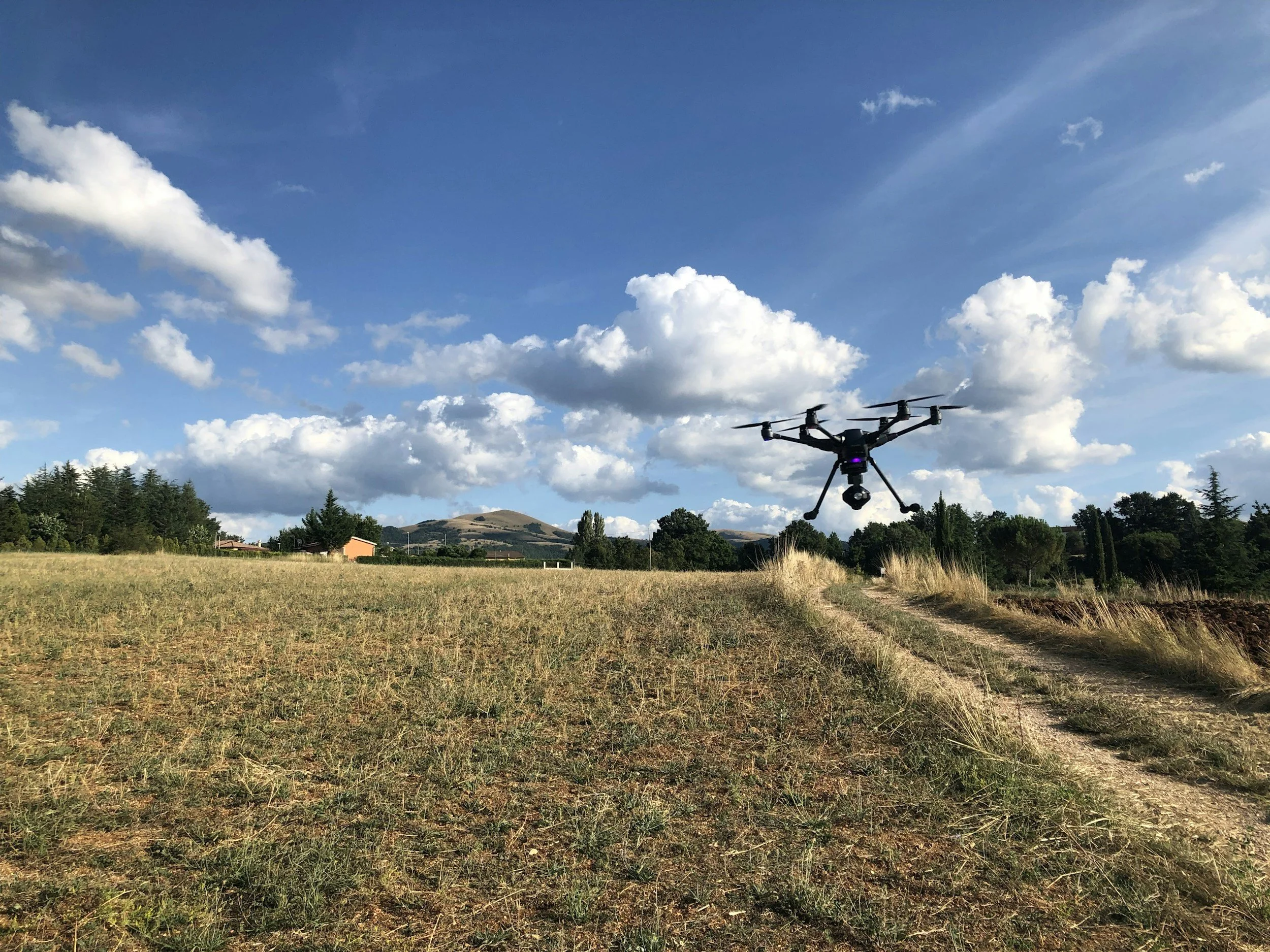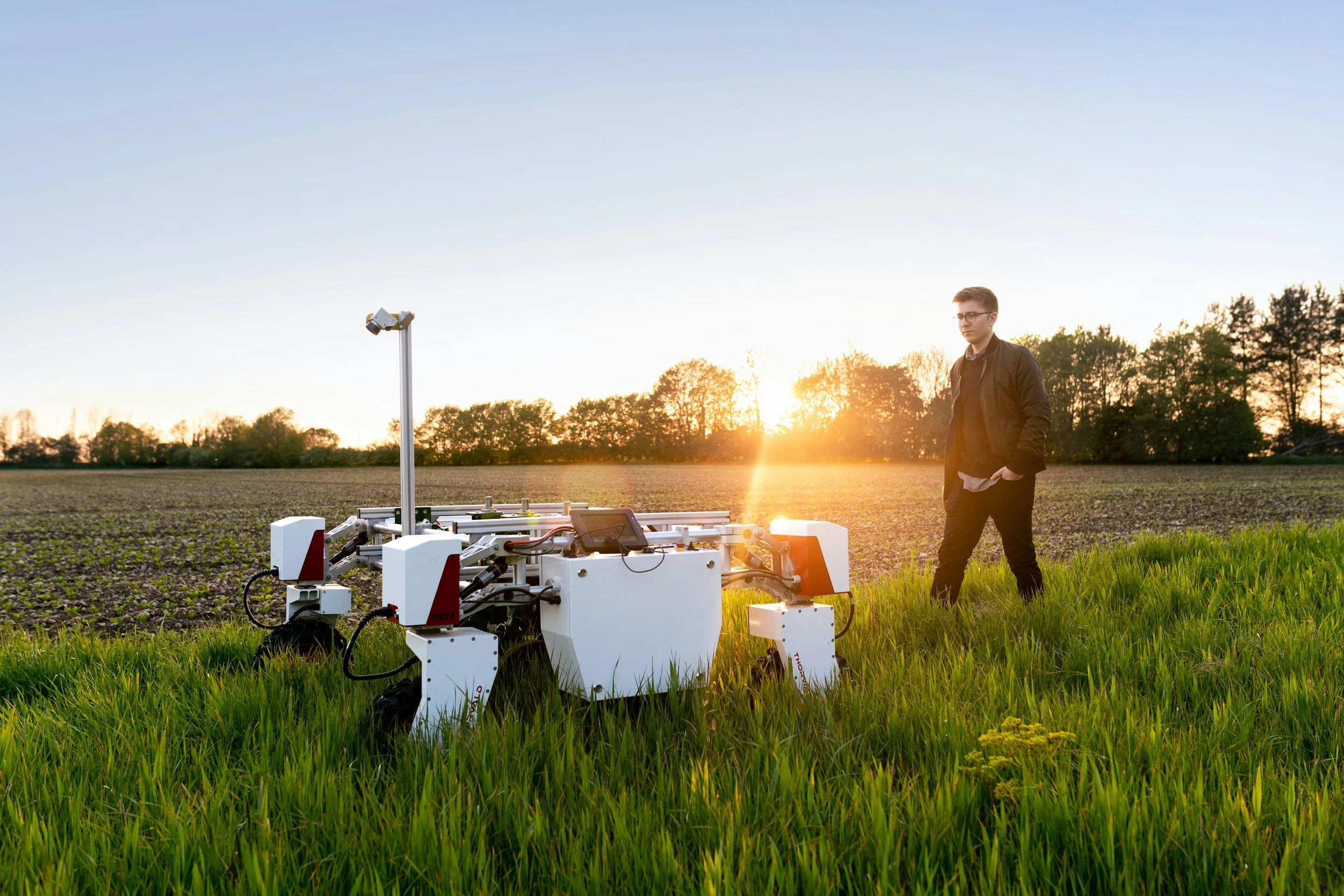Save to Survive: Eight Ways to Promote Sustainable Living Within Your Community
/The importance of sustainable living cannot be overstated. As we face the escalating challenges of climate change, resource depletion, and environmental degradation, adopting eco-friendly practices is more crucial than ever. However, individual efforts, while significant, are not enough to drive the systemic change needed to combat these issues effectively. This is why promoting sustainable living within our communities is equally important. By influencing and inspiring those around us, we can amplify our impact, creating a collective force for positive environmental change.
For anyone eager to make a difference, this article serves as a comprehensive guide on how to encourage sustainability within your community.
1. Educate and Raise Awareness
Education and awareness are fundamental to promoting sustainable living within a community. By spreading knowledge and fostering a culture of sustainability, individuals can make informed choices that collectively lead to significant environmental benefits.
You can host workshops and seminars to educate community members about sustainable practices. These events can cover a range of topics, such as recycling, energy conservation, and sustainable gardening.
Moreover, in order to instill eco-friendly values in younger generations, integrating sustainability education into school curricula is essential. Schools can incorporate lessons on environmental science, conservation, and the impact of human activities on the planet. Extracurricular activities like eco-clubs and sustainability projects can further engage students. By educating children, communities can ensure that future generations are better equipped to tackle environmental challenges.
2. Pursue a Post-Graduate Degree in Sustainability
Advanced education in sustainability can empower individuals with the knowledge and skills needed to make a significant impact.
Pursuing a post-graduate degree in sustainability provides a deeper understanding of environmental issues and innovative solutions. This education can equip individuals with the expertise to develop and implement effective sustainability strategies within their communities.
Programs such as a master in sustainability online degree offer flexibility for working professionals who wish to further their education. These programs allow individuals to study and apply sustainable practices within their organizations simultaneously. By gaining advanced knowledge, professionals can drive sustainability initiatives in their workplaces, contributing to broader community efforts.
3. Promote Recycling and Waste Reduction
Effective recycling and waste reduction programs can significantly decrease the amount of waste sent to landfills and reduce environmental pollution.
Establishing or supporting local recycling programs is a vital step in promoting sustainability. Communities can set up convenient recycling drop-off points and provide clear information on what materials can be recycled. Organizing recycling drives and events can boost participation and educate residents on proper recycling practices.
Moreover, organizing zero-waste challenges can motivate community members to minimize their waste production. These challenges can include activities like tracking personal waste, using reusable products, and avoiding single-use plastics. Providing tips and resources, as well as offering incentives for participants, can make the challenge engaging and rewarding. Such initiatives can foster a sense of community and shared responsibility for reducing waste.
4. Support Local and Sustainable Businesses
Supporting local and sustainable businesses can drive economic and environmental benefits for the community.
Communities can organize eco-friendly product fairs and promote businesses that prioritize sustainability. Additionally, supporting local farmers by promoting and frequenting farmers' markets is a practical way to enhance sustainability. Farmers' markets offer fresh, locally grown produce, which reduces the need for long-distance transportation and supports sustainable agriculture. Communities can work to establish and maintain farmers' markets, making them accessible and appealing to residents.
5. Encourage Energy Efficiency
Promoting energy efficiency within a community can lead to substantial reductions in energy consumption and greenhouse gas emissions.
Offering community-wide energy audits can help identify areas for improvement in homes and businesses. Energy audits assess how energy is used and provide recommendations for increasing efficiency. By implementing the suggested changes, residents can reduce their energy consumption and save on utility bills.
Also, promoting the use of energy-efficient appliances and lighting can significantly reduce energy consumption. Communities can organize bulk purchase programs or provide incentives for residents to upgrade to energy-efficient products. Educating the community about the benefits of energy-efficient appliances, such as lower energy bills and reduced environmental impact, can encourage widespread adoption.
6. Foster Sustainable Transportation
Transportation is a major contributor to carbon emissions, but communities can significantly reduce their impact by promoting sustainable transportation options.
Encouraging the use of public transportation is one of the most effective ways to reduce individual carbon footprints. Communities can work with local transit authorities to improve the availability and efficiency of public transportation. This could include expanding bus routes, increasing the frequency of services, and ensuring that transit options are accessible and affordable.
Carpooling and ride-sharing are also practical solutions for reducing the number of vehicles on the road. Communities can establish carpool programs that connect residents who commute to similar locations. Ride-sharing apps and platforms can also be promoted within the community. Local businesses and schools can support these initiatives by providing incentives for employees and students who participate in carpooling.
7. Create Green Spaces
Green spaces not only enhance the beauty of a community but also provide numerous environmental benefits, such as improving air quality and supporting local wildlife.
Establishing community gardens can promote local food production and create green spaces where residents can come together. These gardens provide fresh, locally grown produce, reducing the need for transportation and packaging.
Moreover, organizing tree-planting events can enhance urban green spaces and improve air quality. Communities can organize tree-planting drives and engage volunteers in maintaining and protecting urban trees. Local governments can also be encouraged to implement policies that support urban forestry.
The development of parks and natural recreational areas is also essential as they can provide residents with spaces to connect with nature. These areas offer opportunities for outdoor activities, promoting physical health and well-being. Parks and green spaces also serve as habitats for local wildlife, supporting biodiversity. Communities can work together to preserve existing green spaces and advocate for the creation of new ones.
8. Lead by Example
Leading by example is one of the most powerful ways to inspire others to adopt sustainable practices.
Demonstrating a personal commitment to sustainable living can influence those around you. By practicing what you preach, you can show that living sustainably is achievable and beneficial. Simple actions like reducing waste, conserving energy, and using public transportation can have a ripple effect, encouraging others to follow suit.
Additionally, encouraging community leaders and influencers to champion sustainability can amplify the message and reach a broader audience. When respected figures in the community adopt and promote sustainable practices, it lends credibility and urgency to the cause.
Conclusion
Promoting sustainable living within a community is a vital step toward creating a healthier and more environmentally friendly world. Each action, no matter how small, contributes to a larger movement towards sustainability. By working together and inspiring one another, communities can drive significant positive change. Let's take these steps together to ensure a sustainable and prosperous future for ourselves and generations to come.
About the Author:
Ronald McCarthy is a Senior Content Writer with more than 15 years of research experience in the fields of health and the environment. His prolific research has significantly influenced Health and Environment Issues, and he regularly advises on sustainable practices.
You may also be interested in…











































Though mostly known for its mining industry, particularly iron ore and natural gas, Australia also produces and exports a considerable amount of aquaculture products. Indeed, aquaculture is a vital and rapidly growing part of Australia’s globally important food production sector. From barramundi and Atlantic salmon to oysters, mussels, and prawns, farmed seafood now accounts for 42% of domestic seafood supply and a growing proportion of Australia’s high-value exports.